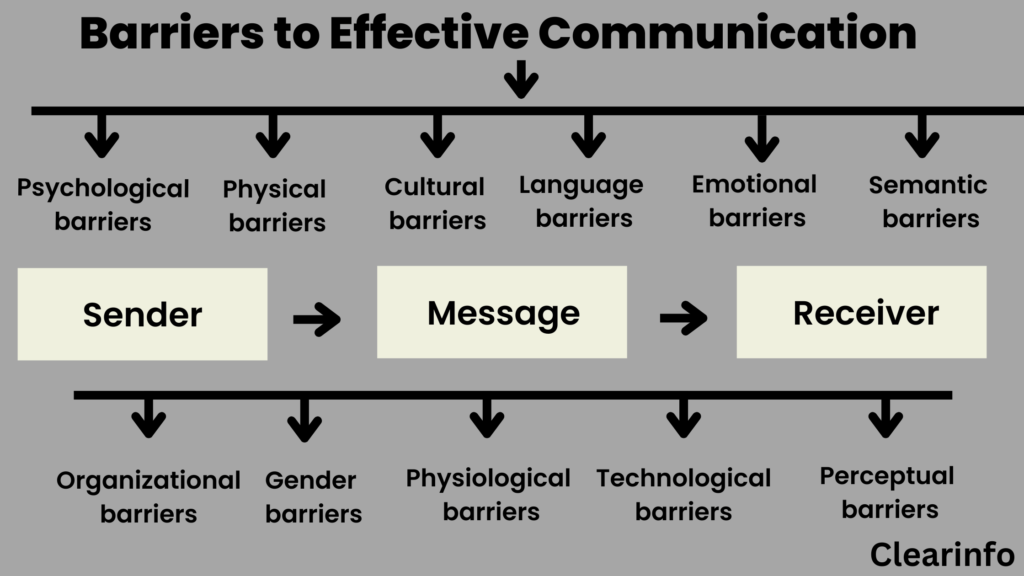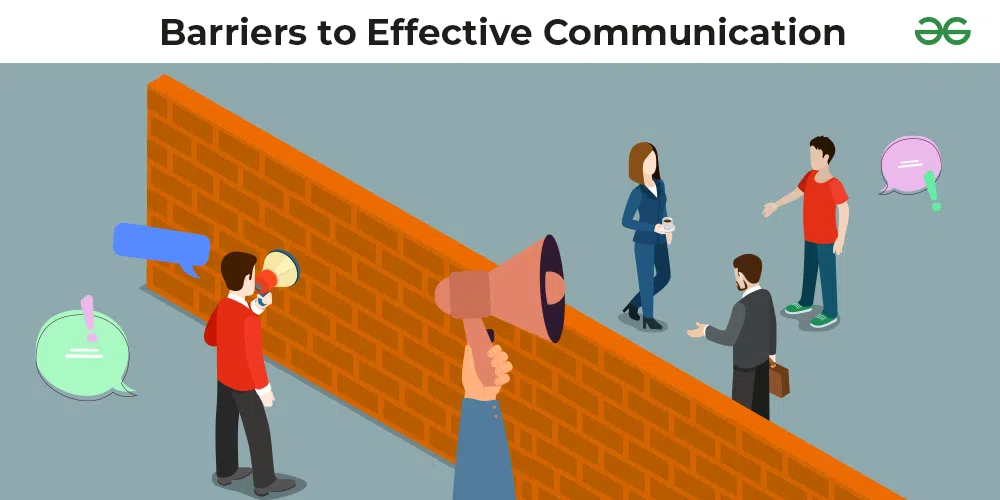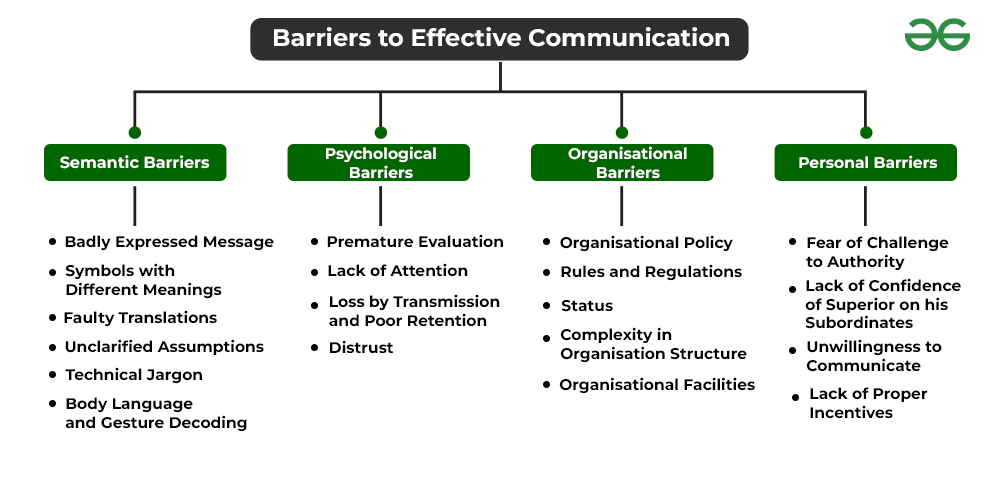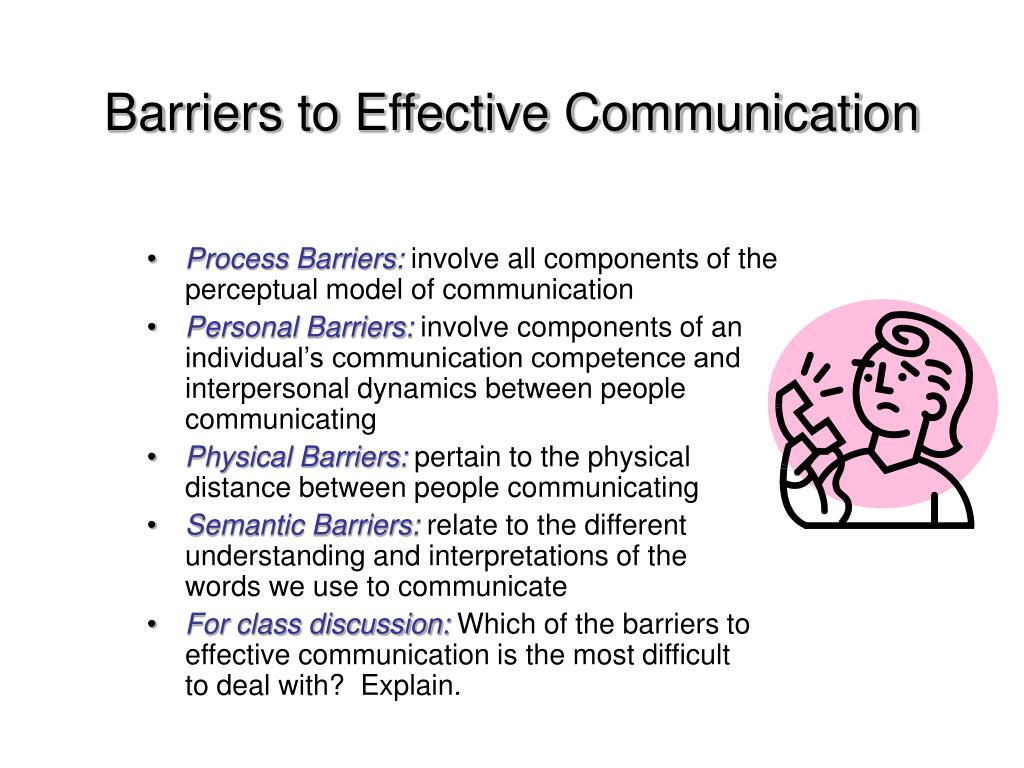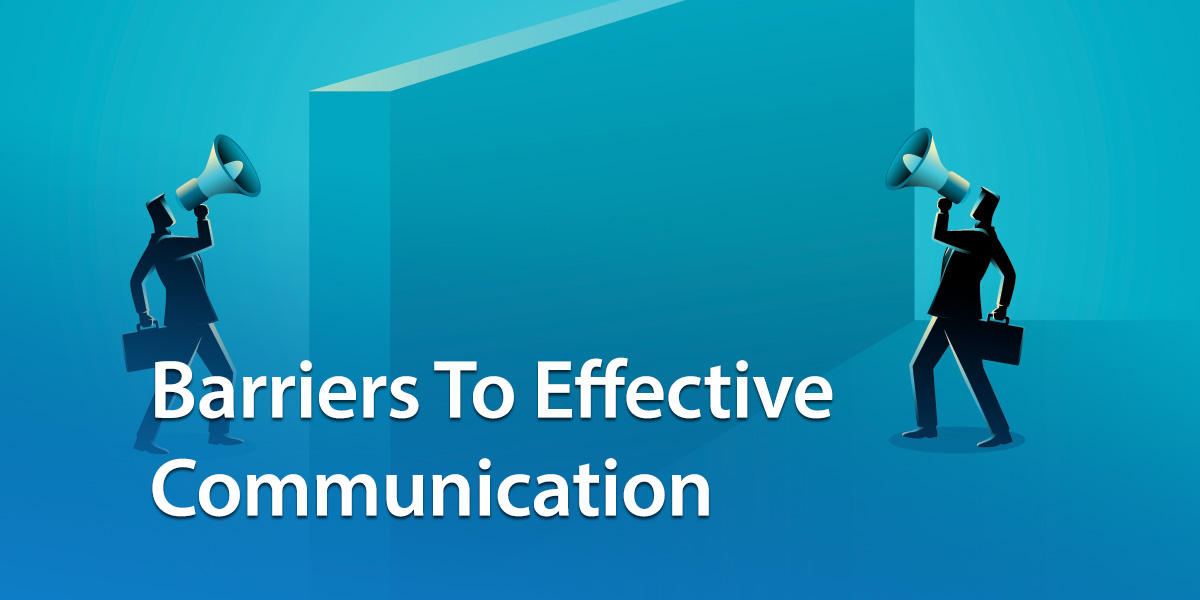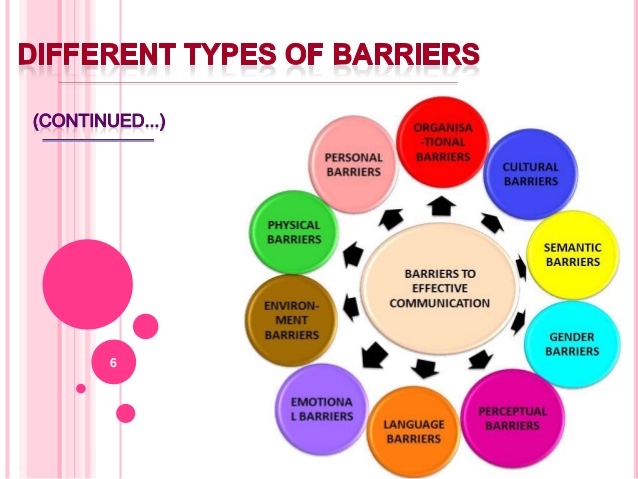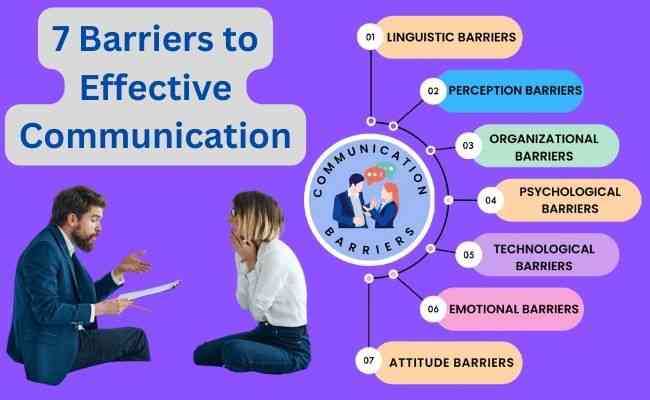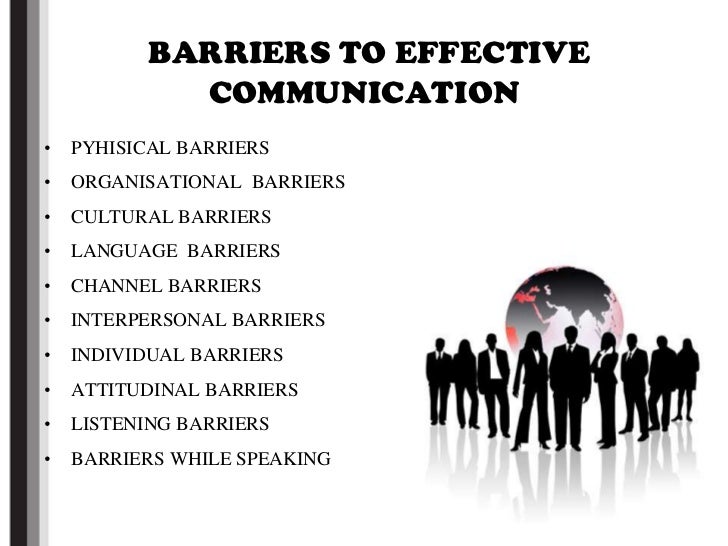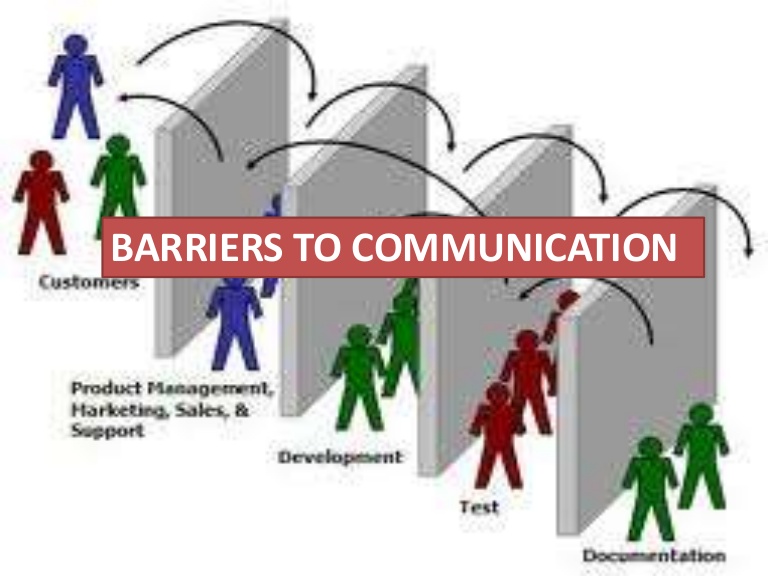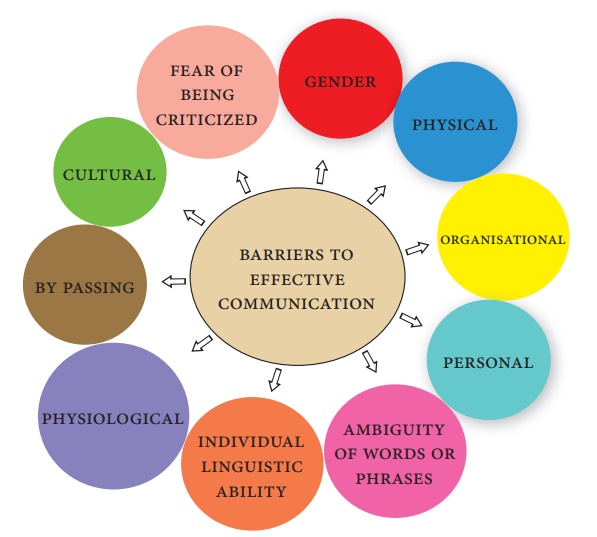Barriers Of Effective Communication
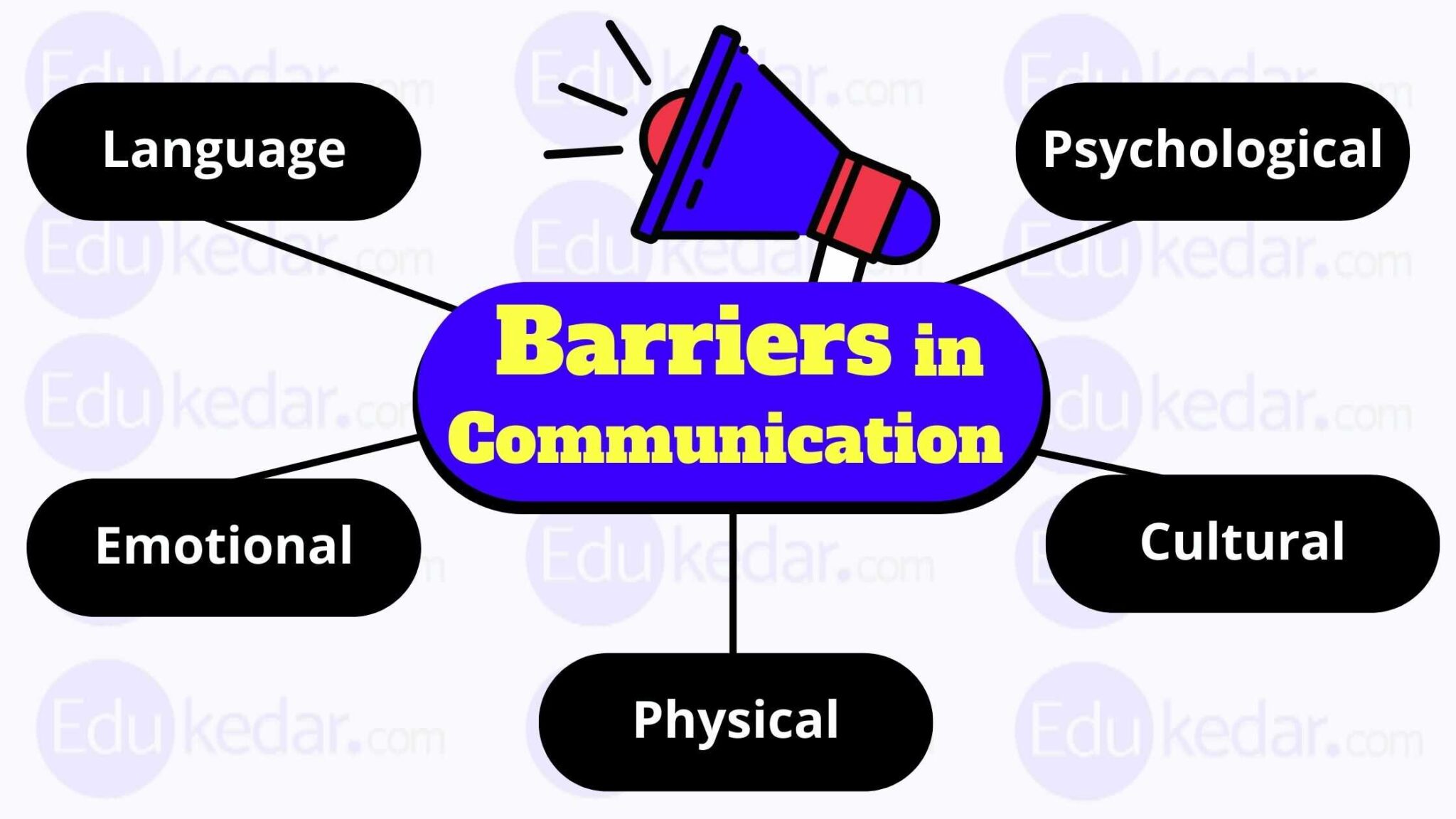
Imagine sitting in a bustling cafe, the aroma of coffee swirling around you as you try to decipher a friend's muffled story over the din of conversations and clattering cups. Or picture yourself in a meeting, struggling to grasp complex jargon while battling a persistent headache and the urge to check your phone. These everyday scenarios highlight a common challenge: the barriers that hinder effective communication, making it difficult to truly connect and understand one another.
At its core, effective communication is the bridge that connects us, fostering understanding and collaboration. But this bridge is often riddled with obstacles – barriers that can distort messages, create misunderstandings, and ultimately, damage relationships. Recognizing these barriers is the first step towards building stronger, more meaningful connections in all aspects of our lives.
Communication barriers are essentially anything that prevents us from receiving and understanding the messages others are trying to convey. These barriers can be categorized in several ways, and their impact is felt across all levels of human interaction – from personal relationships to professional settings and even international diplomacy.
Types of Communication Barriers
Physical Barriers
Physical barriers are perhaps the most obvious. They include environmental factors like noise, distance, and physical obstacles. A noisy construction site, for example, can make it nearly impossible to have a coherent conversation.
Similarly, in large organizations, employees in different locations may struggle to communicate effectively due to time zone differences or technological limitations.
Semantic Barriers
Semantic barriers arise from problems with the meaning of words and symbols. Jargon, technical terms, and ambiguous language can easily confuse listeners, especially if they lack the necessary background knowledge. A report by the Plain Language Action and Information Network (PLAIN) emphasizes the importance of clear and concise language in government communications to ensure accessibility for all citizens.
Cultural differences can also contribute to semantic barriers. Words, gestures, and expressions that are perfectly acceptable in one culture might be offensive or confusing in another.
Psychological Barriers
Psychological barriers stem from our own thoughts, feelings, and perceptions. Prejudice, biases, and stereotypes can cloud our judgment and prevent us from truly hearing what others have to say. Emotional states like anger, fear, or anxiety can also impair our ability to communicate effectively.
For instance, if you have a strong preconceived notion about a person, you may dismiss their ideas without giving them proper consideration. This can hinder collaboration and create unnecessary conflict.
Physiological Barriers
Physiological barriers relate to our physical condition. Hearing impairments, visual impairments, and even physical discomfort can all interfere with our ability to send and receive messages. For example, someone experiencing a migraine might struggle to focus on a conversation.
Ensuring accessibility and inclusivity for people with disabilities is crucial in overcoming these barriers. This includes providing appropriate accommodations, such as sign language interpreters or assistive listening devices.
Attitudinal Barriers
Attitudinal barriers involve negative attitudes or behaviors that impede communication. Lack of trust, disinterest, or a closed-minded approach can all create obstacles. If someone is unwilling to listen or engage in a conversation, effective communication becomes impossible.
Cultivating empathy, active listening skills, and a willingness to understand different perspectives are essential for overcoming attitudinal barriers.
Overcoming Communication Barriers
While communication barriers can be challenging, they are not insurmountable. By actively addressing these obstacles, we can improve our communication skills and build stronger relationships.
Using clear and concise language, actively listening to others, and being mindful of our own biases are all important steps. Empathy, respect, and a willingness to understand different perspectives are also crucial. Furthermore, seeking feedback and being open to constructive criticism can help us identify and address our own communication weaknesses.
In a world that is increasingly interconnected, effective communication is more important than ever. By understanding and overcoming the barriers that hinder our ability to connect, we can foster greater understanding, collaboration, and empathy, creating a more harmonious and productive society for all.
"The single biggest problem in communication is the illusion that it has taken place." - George Bernard Shaw
